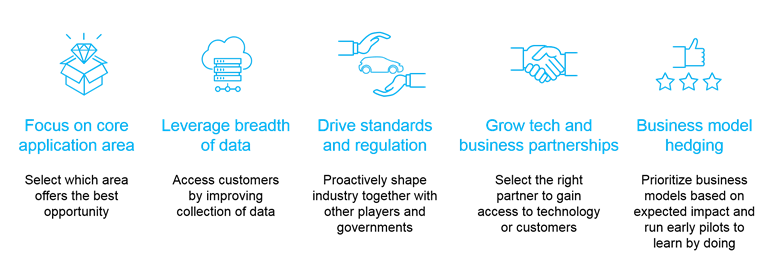The automotive industry is still only at the beginning of the artificial intelligence (AI) disruption – many of the applications, such as predictive maintenance, are more big data than AI.
For enabling future trends, AI yields huge benefits: for example, machine learning is required for autonomous driving (AD), at the very least in image recognition, where human programming cannot possibly keep up. Human-level image recognition typically requires systems with tens of millions of parameters that are trained on a supercomputer for two to four weeks – a task that would take 1,000 to 3,000 years if done manually by a person.
Consumers are more open to AI applications than ever before.

46 percent are willing to pay more than USD 4,000 for AD features on their next car. And AD features are so important to consumers that 65 percent would switch OEMs for better AD functionality; that figure even exceeds 90 percent for young consumers and those living in large cities.
The traditional OEMs are not in a bad position to win that race – consumers still trust them most.

But: automakers have to gear up to win in that race. A total of USD 51.1 billion has been invested in automotive AI since 2010.
So, WHAT to do? These FIVE steps are a good start
